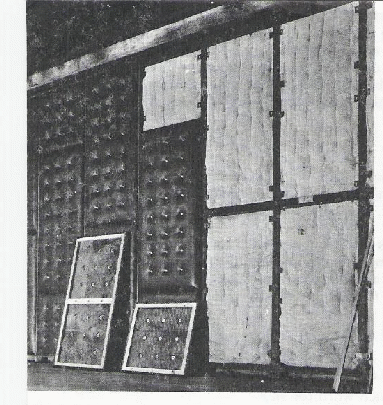The reverberation of sound is particularly noticeable in cathedrals and other large buildings where multiple reflections can occur rom the walls, roof and floor. In St Paul's Cathedral in London it can take about 6 seconds for the notes of the organ to die away after the organ has finished playing.
Excessive reverberation in a concert hall is undesirable as it causes music and speech to sound confused and indistinct. On the other hand it is not a good idea to have no reverberation at all. Speakers and singers who have practised in an empty hall are often disconcerted by the seeming weakness of their voices when they perform in the same hall full of people. The soft clothing of the audience absorb the sound instead of reflecting it making the music and voices appear weaker. Some degree of reverberation is desirable as it prevents a hall from being acoustically dead and improve the sound in all parts of the building.

The most important acoustic property of a building is it's reverberation time, defined as the time taken for sound of a specified intensity to die away until it just becomes inaudible. The reverberation time depends on the volume and surface area of the hall, and on the sound reflecting properties of the material covering the surfaces. A reverberation time of between 1 and 2 seconds is usually found to be optimal
For certain special purposes, it is necessary to have sounds in which surfaces completely absorb all sound falling on them. The surfaces are lined with glass fibre or plastic fibre covered in muslin. The management of sound is important in blocks of flats. In modern buildings the space between floors and ceilings are usually filled with some inelastic material which absorbs the sound instead of transmitting it.